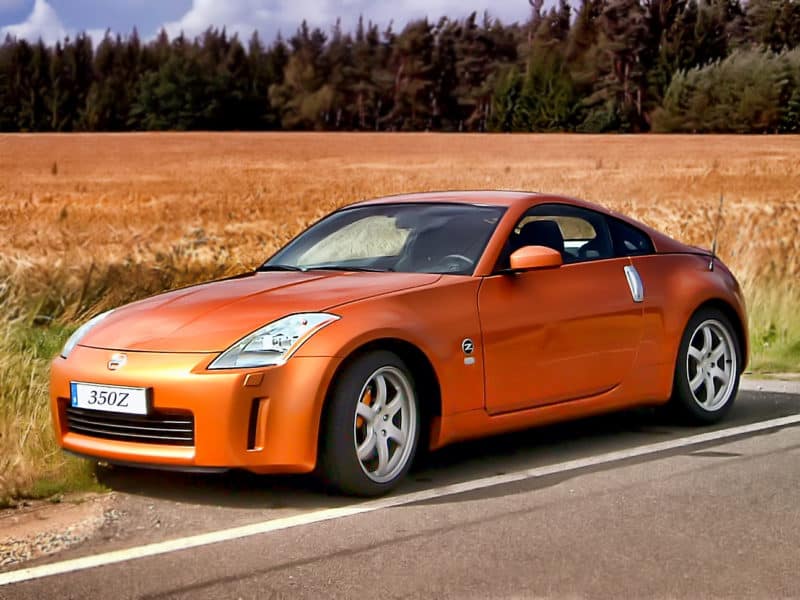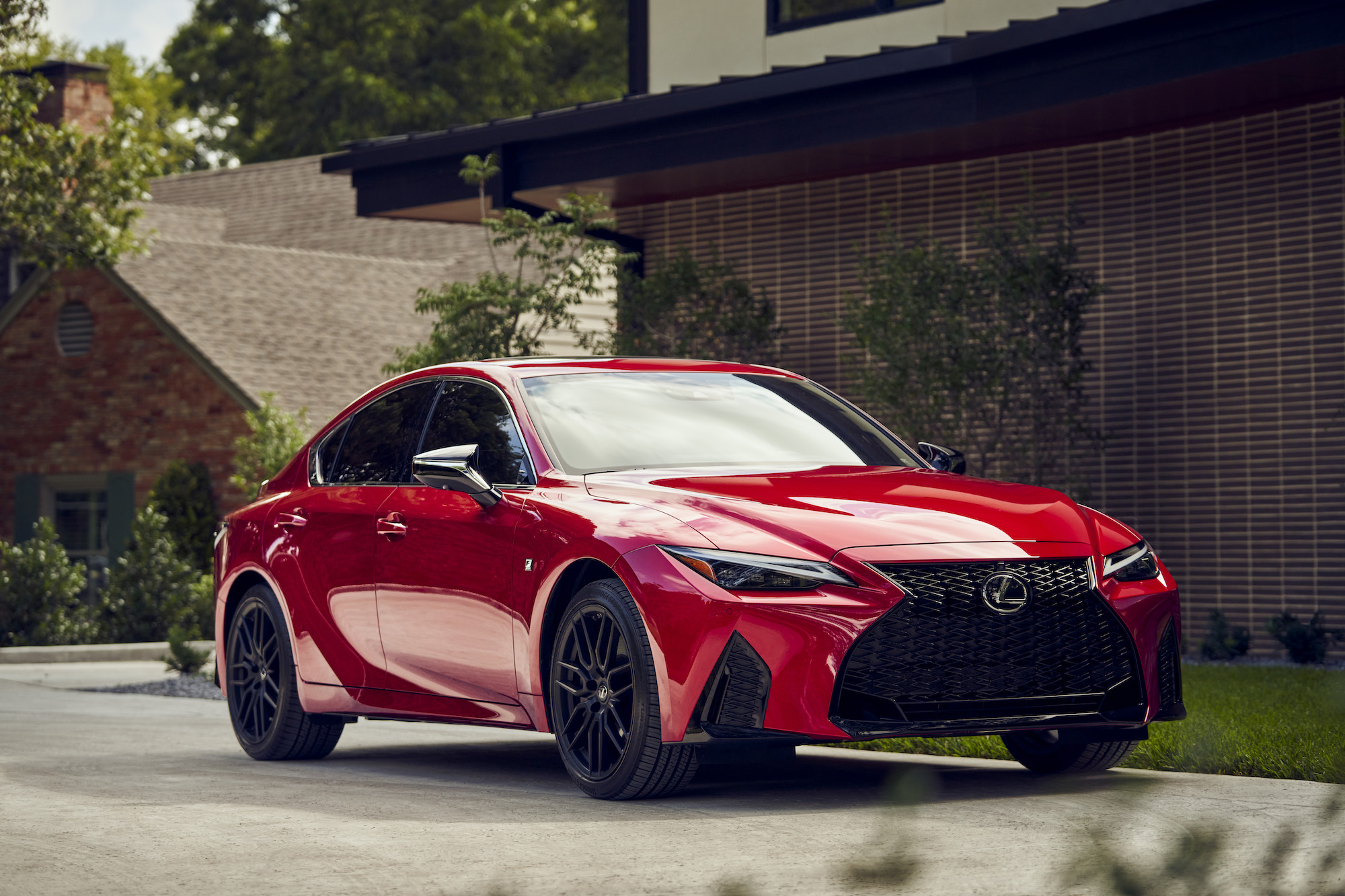
There are many types and models of police cars in use since the 1990s. This article focuses only on the Ford Crown Victoria Police Interceptor. Each car was unique and each one has its own features that make it a great police car. There is one car that stands out from all the rest: The Camaro.
Ford Crown Victoria Police Interceptor
Ford Crown Victoria Police Interceptor is a midsize police vehicle that was built on a body/frame platform. It was a popular choice among taxi companies, law enforcement agencies, and fleet buyers. Its body on-frame construction made repairs simple and quick. However, there are some downsides to the vehicle. These drawbacks will be discussed in this article. This vehicle might not be right for you.
To protect the rear seat from being stabbed by suspects, the police vehicle has a stab-resistant plate made of steel. The police vehicle is equipped with a break in its seat bench for extra safety. It features a column-mounted shifting mechanism for easy operation. It is equipped with an all-wheel-drive powertrain. This vehicle features larger brake discs, advanced ABS and cooling systems.

Dodge Diplomat
The 1988-1990 Dodge Diplomat police vehicle was a powerful, reliable car that was ideal for fleet use. The car had a 318ci, V8 engine that was rated at 140 horses. The Lean Burn ignition system was still used in 1988. However, it had gotten rid of its problems. Many movies and TV shows featured the car in 1980s.
The Diplomat was Dodge's only intermediate model. It was the second most-sold vehicle in 1977. A padded knee blocker was also included on the dashboard of the Diplomat. It topped off with a black vinyl top. The Diplomat was popular among police vehicles due to its reliability, affordability, and portability. It was eventually replaced in 1990 by the Dodge Dynasty.
Plymouth Gran Fury
The 1989 Plymouth Gran Fury Police Car remains one of Mopar's most iconic full-size R/body cars. It has a 318ci V8 engine with a TorqueFlite automated transmission. It is only 67,000 miles old and has had a police package modified. The original intention of the burgundy paint was to make it suitable for display in a New Jersey Museum. Gran Fury, a 1990 police car, has a very limited production run.
Gran Fury is unique in that it features a hardtop, pillared design. The car was originally a pillared coupe when it debuted in 1970. It was later updated with a twodoor hardtop body in 1971. The Fury Gran Sedan hardtop sedan was introduced in the following year. While only a few Furys saw use by police departments in 1970s, this model was a big success for the company.

Camaro
Boones Mill Police Department, Virginia, ordered a 1990 Chevrolet Camaro as soon as the B4C package became available. The vehicle was equipped with a 5.7-liter engine and an auto transmission. It has 73,000 kilometers on the drivetrain. The B4C package adds 16-inch aluminum wheels and an engine oil cooler to the car. All four corners have disc brakes. It's expected that the seller will sell it for $20,000 making it a great investment.
Although the GM Camaro had been a success, it was not a reliable police vehicle. The Chevrolet B4C was found to be far more superior by the police force. It was equipped with a 5.7-liter Corvette-inspired V8 and could hit speeds of up to 150 mph. This car was a favourite among state troopers. It had more horsepower than the predecessor and was also quicker.
FAQ
How long does an apprenticeship in automotive mechanics last?
It takes three years to complete an apprenticeship as an automotive mechanic. This includes two years at school and two years working as an apprentice. The first year is used to learn all aspects of the trade including safety procedures and theory. This year, you will also learn how to safely and efficiently use tools. After completing the first year, you'll then spend another year on-the-job training where you'll gain experience in different areas of the trade. These periods will also give you the chance to take formal courses.
The final year is dedicated to earning certifications and qualifications in the field. These include NVQs (National Vocational Qualifications), that are given after passing specific industry exams. There are also HNCs (Higher National Certificates), which cover general subjects like management, business administration, customer service, and more. City & Guilds certificates may be available for those who are interested in becoming qualified in specific trades.
How long does a good mechanic take?
Expert mechanics take years of practice and extensive experience. It is best to learn how to fix cars under the supervision and guidance of a professional mechanic.
You'll have to spend time at a garage learning all you can about cars and mechanics. It is important to get familiar with the mechanics of cars and engineering.
Furthermore, you'll need to enroll in auto school.
It's important to start early. To learn about automotive technology, don't wait to be older. Do you want to be a mechanic? Get started today!
How can I fix my car as a hobby?
It's a great hobby to take on if you are passionate about cars. You could repair them yourself, buy parts for them and sell them. Or just have fun with them. It would make a great pastime if you're looking for something different to do.
It's not an easy task to make this a full-time job. It takes a lot of dedication and hard work. Also, you will need to put a lot of money into it.
You may not be able to have an emotional connection with cars unless there is a valid reason.
What qualifications do you need to be a mechanic?
To become a technician, you will need to pass a series exams. These exams include:
-
A general knowledge test
-
A practical exam
-
An apprenticeship test
These tests are designed to ensure that you understand the basic concepts of mechanical engineering and physics before you start working as a mechanic.
You'll be eligible for work as a mechanic after you have passed the tests. You will still need to complete an apprenticeship. This will include training in the trade.
You'll need to attend classes and workshops to learn everything you need to know about repairing vehicles. You'll also have to work alongside experienced mechanics.
A mechanic must be highly focused and attentive to detail in order to succeed. It is essential to pay attention to all aspects of vehicle repairs.
To be a successful mechanic, patience and perseverance are essential. If you don't like to follow instructions, then this may not be the right career path for you.
This job is for you if you are passionate about cars and love fixing them.
What is the difference?
They are both similar, but not identical. A mechanic repairs cars while an automotive technician does maintenance on them.
A mechanic must be skilled in manual dexterity and able to complete simple tasks quickly. A mechanic should also be able accurately diagnose and repair problems.
An automotive technician must be more technically proficient than a mechanic. They must be able to read blueprints and use tools such as drills and wrenches.
They should be able safely to perform complex procedures. They must be familiar with all types of electrical and engine systems.
They should also be able understand how different parts interact.
As a result, mechanics typically make less than technicians. Both careers have many options.
Statistics
- The U.S. Bureau of Labor Statistics (BLS) reports that the job outlook for automotive service technicians and mechanics is expected to decline by 4% from 2019 to 2029. (indeed.com)
- According to the BLS, total auto technician employment is expected to exceed 705,000 by 2030. (uti.edu)
- 52% of Mechanics in the United States think their salaries are enough for the cost of living in their area. (indeed.com)
External Links
How To
How to become a mechanic certified
These certifications are for those who wish to be certified as automotive technicians. They cover all aspects of auto repairs including engine diagnostics. Electrical systems. Brakes, suspension. steering. Fuel injection. Air conditioning. Heating. Exhaust. Diagnostic tools. Body repairs. Collision damage repair. Paintless dent removal. Motor vehicle emissions testing.
The program comprises 12 hours of classroom instruction, and three months on-the job training at a participating dealership. Students must attend 60 hours of classroom instruction per semester. In addition, they must pass a written exam which includes practical and theory questions. After completing the coursework students are eligible to take the National Institute for Automotive Service Excellence state examination (ASE). For employment as an automotive technician, certification by ASE is necessary.